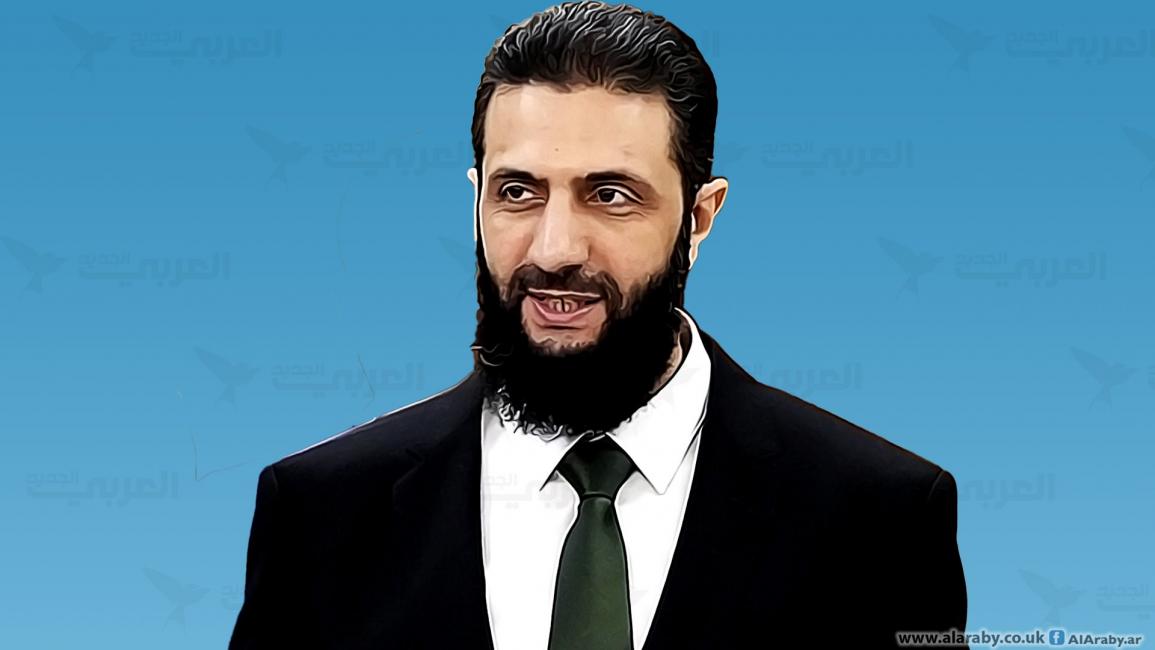Five months after the fall of the Assad regime, Syria remains gripped by a volatile and uncertain landscape. The country’s nascent transitional government, led by President Ahmad al-Sharaa, faces mounting political and security challenges that test its capacity to stabilise the state, navigate delicate alliances, and resist external manipulation—particularly from Israel.
A Crisis of Fragmentation and Trust
Hopes for national reconciliation received a serious blow following the unraveling of the Sharaa–Mazloum Abdi agreement, signed just a month ago to integrate the Kurdish-led Syrian Democratic Forces (SDF) into the national framework. While initial optimism swept across both banks of the Euphrates, buoyed by breakthroughs in Aleppo, the mood shifted dramatically when some Kurdish factions abruptly withdrew from the deal, citing grievances that contradicted the transitional constitution. Talks stalled at the symbolic site of the Tishrin Dam, and once again, uncertainty clouded Syria’s northern file.
This episode reinforced the enormous political weight of Assad’s legacy—a legacy of division, mistrust, and competing authorities. The transitional state’s legitimacy, still in the making, now hinges on its ability to address these grievances without tipping into new cycles of conflict.
Disquiet in the Capital
Meanwhile, unrest has simmered in the southern suburbs of Damascus. Armed groups, sensing vulnerabilities in state security, attempted to destabilise the area. The government responded swiftly, arresting those involved in the violence. While the rapid reaction earned the state some credibility, the broader issue remains: how to build a sustainable security umbrella across the capital and its surroundings, extending into regions like Suweida, where sectarian tensions and external interests are converging.
The danger is no longer hypothetical. Israeli drones struck near the presidential palace in Damascus just days ago—an audacious move seen by many as a warning, if not a direct threat. It was a symbolic violation, striking at the heart of Syria’s political nerve centre, and it underscored the extent to which Israel is willing to go to assert its strategic agenda.
Israel’s Calculated Interference
Far from being a passive actor, Israel appears to be executing a deliberate policy of weakening Syria’s central authority. This goes beyond airstrikes; it includes clandestine efforts to court minority groups—particularly the Druze, Kurds, and Alawites—with the aim of sowing dissent and, ultimately, fragmentation.
Reports of Israeli funds flowing into Suweida to buy loyalty among local notables only heighten suspicions. In a region ravaged by unemployment and political alienation, such strategies are proving dangerously effective in stoking separatist sentiment. While many in the Druze community have refused to be co-opted, a sense of isolation and vulnerability persists—conditions ripe for exploitation.
The New President’s Calculated Realism
Amid these headwinds, President Sharaa is walking a tightrope. His strategy has been one of pragmatic caution: avoid internal wars, contain Israeli provocations, and build broad-based legitimacy. In off-record meetings, he has reportedly cited Anwar Sadat as a model of statesmanship and signalled openness to Arab Gulf states while resisting calls to reopen offices of Islamist factions like the Muslim Brotherhood.
Such moves appear aimed at buying time—blunting Israeli momentum while avoiding premature military entanglements. Yet critics warn that this approach, while tactically sound, may not suffice in the long term. Israel shows no sign of abandoning its goal of a divided Syria, and the United States, under Donald Trump, remains tethered to Israeli strategic preferences—particularly via powerful pro-Israel lobbies that oppose sanctions relief for the new Syrian government.
The Path Forward: From Survival to Sovereignty
To counter these pressures, there are increasing calls for bold but stabilising steps. One proposal gaining traction among regional observers involves inviting Arab forces—such as from Jordan, Egypt, Saudi Arabia, or the UAE—to deploy in southern Syria under formal request from the Syrian government. This, advocates argue, could both block Israeli encroachment and reassure marginalised communities, especially the Druze.
Equally critical is the need for deeper political outreach. Sharaa must move beyond military containment and cultivate genuine alliances with Kurdish, Druze, and Alawite leaders—rooted in inclusive governance and shared nationhood. The task ahead is nothing short of historic: rebuilding a unified Syrian state from the wreckage of war, sectarianism, and foreign manipulation.
If Sharaa can pull together this delicate coalition while fending off internal collapse and external sabotage, he may yet reframe Syria’s transition from a defensive interregnum to a viable, sovereign renewal. But time—and pressure—are closing in.


